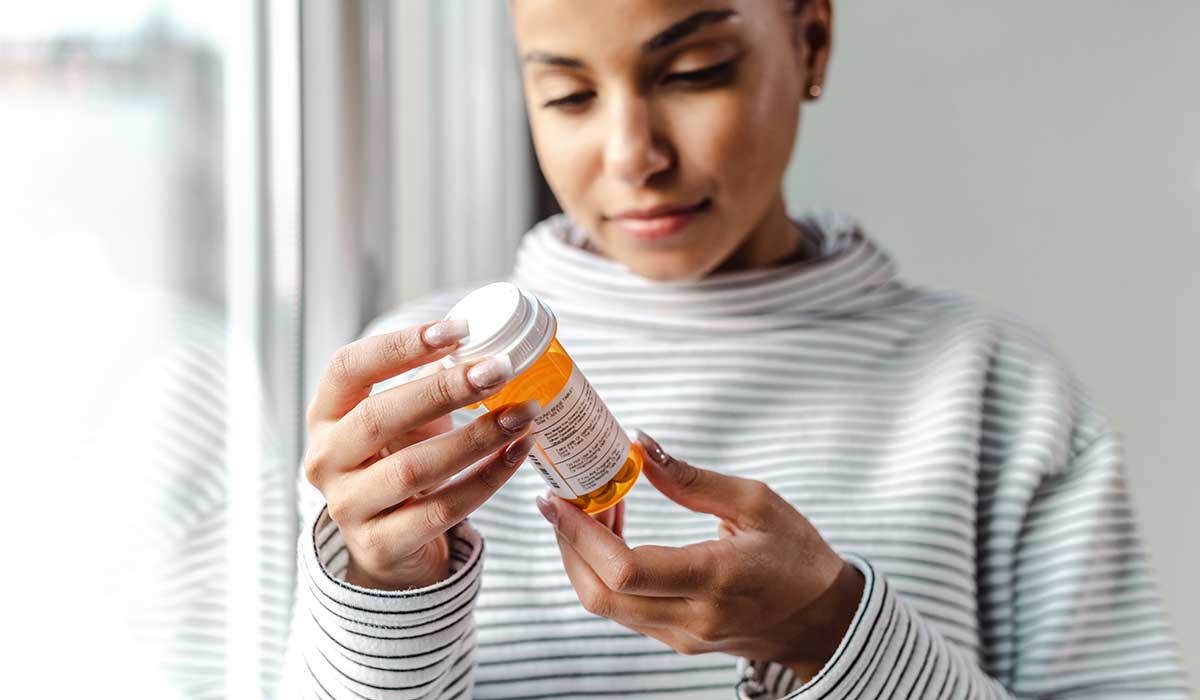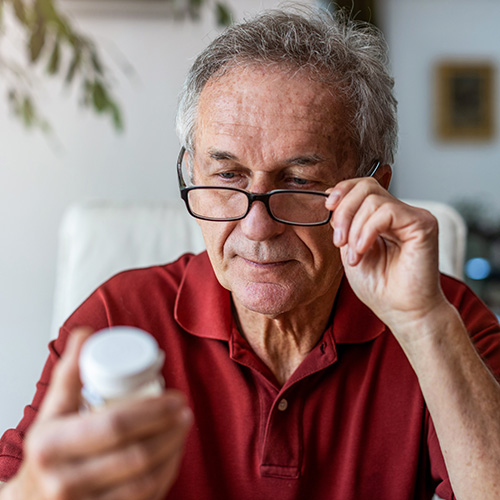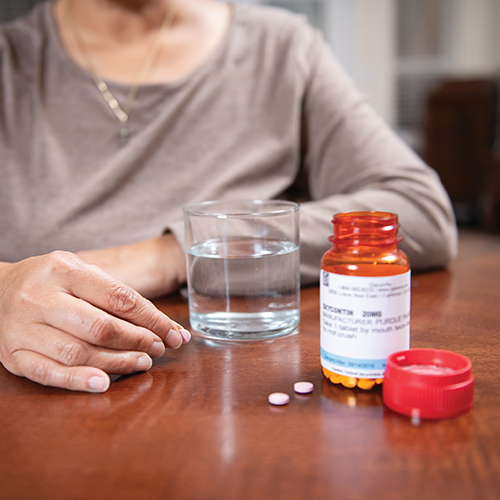July 2023
If you’re sick with a bacterial infection, your doctor may recommend antibiotics. This can help you recover more quickly and with far less chance of serious complications. Some common reasons for needing antibiotics include bladder or urinary tract infections, staph infections, strep throat, sepsis, and bacterial pneumonia.
While antibiotics are typically effective in treating these problems, the CDC has identified these common side effects from antibiotics: rashes, digestive problems (such as diarrhea and nausea), yeast infections, and dizziness.
Here are some tips on how to reduce side effects from antibiotics.
Follow the instructions.
Taking antibiotics too close together can result in too high a dose, which can increase your risk for side effects. And, be sure to take antibiotics with food if it is recommended for your particular prescription. This can help reduce stomach upset.
Consume a probiotic.
Antibiotics can destroy the beneficial bacteria in your digestive tract. This can lead to diarrhea and other digestive symptoms. You can help repopulate your “good” bacteria by taking a probiotic supplement or eating foods rich in probiotics (like yogurt with active live cultures). To maximize the effect, take the probiotic as far away in time from the antibiotic as possible, so the medication doesn’t kill the good bacteria. For example, if you’re taking antibiotics at 8 a.m. and 8 p.m., consume the probiotic halfway between doses (so 2 p.m.). Continue taking it for at least a week after you stop the antibiotic.
Avoid alcohol.
Some antibiotics should not be mixed with alcohol. Drinking any alcohol while taking these antibiotics can cause headaches, a fast heart rate, flushing, nausea, vomiting, or high blood pressure.



